[Updated 1 January 2023] There are an infinite number of methods to deer hunting techniques with a bow which we can employ when we are hunting. Regardless of the method, you use to hunt with a bow, the fundamentals of Bow Hunting will remain the same. You’ll need to stay quiet, manage your odor, avoid being detected, and get close. The method you select will be determined by the terrain you pursue and the Deer’s behaviors in that region.
The most typical hunting methods are either from an elevated position or on the ground.
Bow Hunting from the ground
Table of Contents
As most of us did, I began my hunting career from the ground. It was an excellent approach to cover a lot of ground and see a lot of games. I wasn’t aware of it at the time, but I was undoubtedly doing more scouting than hunting. In-Ground hunting, Slow, meticulous movements, frequent halts, and intense concentration on what is going on around you will help you appreciate the wind direction, land contours, and deer senses more. When employing this technique, you’re at eye level with the Deer, which increases the importance of each move. Sometimes you’ll use actions that are similar to those employed while hunting for guns. Deer drives are an excellent illustration of this. The concept is the same, although the speed of a deer drive while bow hunting must be considerably slower. Bow Hunters move slowly through an area, knocking Deer over to hunters who are hidden on probable escape routes. This is an excellent all-around technique to employ if the Deer aren’t budging.
Bow Hunting from above
The most frequent method for Bow Hunters to hunt from an elevated location is to use a Tree Stand. When you get up 15 to 20 feet above the ground, the odds are stacked in your favor because Deer rarely look up for no apparent reason. Of course, hunting from a high vantage point necessitates that you are confident in the Deer’s habits in the region. To find the Deer’s travel route, a large amount of research is required. You must use the best deer attractants in the proper location. When you’re in the tree, a 10-yard shift to cover a route isn’t as simple. The wind will also play a role in your success. On the ground, a rapid movement is typically not as simple as it appears; therefore, the direction of the wind is critical. You must also select the correct tree. In some locations, deer have no large enough trees to sustain a stand and conceal a hunter. This might make the most apparent deer path or crossing a difficult target.
I’m a big fan of hunting from the ground, and while I seldom spend a full day on the hunt area, if the circumstances are conducive, I remain on the ground. On windy days, it’s more enjoyable to stay on the ground. Trees and tree stands are not only probably ineffective, but the wind will aid in hiding your movement and sounds as you crawl through the forest. If I’m on a new hunting ground during the season, I’ll also look for signs from the ground – why give up an afternoon of hunting because you want to check out a new stand location? You’ll encounter whitetail deer on your journey if you’re looking for a sign and the ideal tree stand site, which is likely to lead to an event or two along the way.
Regardless of your preferred form of hunting, keep these fundamentals in mind. Learn the habits of Deer in your area, and you’ll be on your way to successful hunting regardless of whether you control your scent, remain hidden, or both. One of the most gratifying aspects of Bow Hunting is learning what approach works best for you and having a basic understanding and competence with many strategies to apply in difficult circumstances. The more you understand the fundamentals and techniques, the better a Bow Hunter you’ll be.


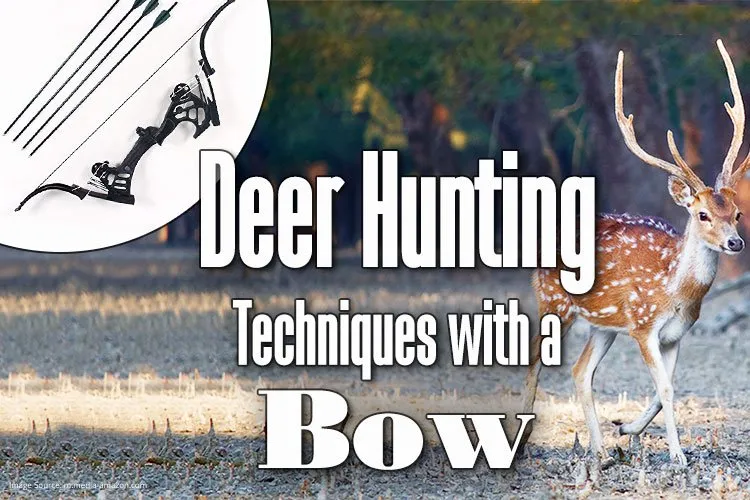
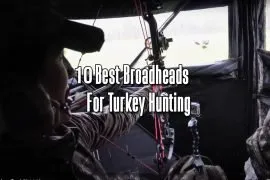
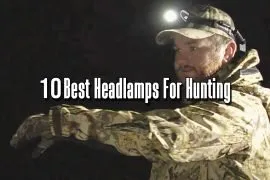
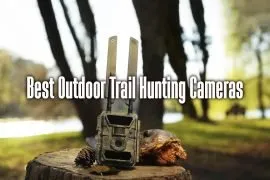
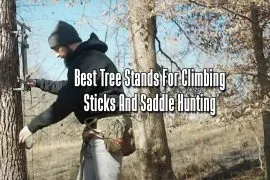
2 Comments
Pingback: Bear Attitude Compound Bow - Boss Targets
Pingback: Bow Hunting License Info and Tips - Boss Targets